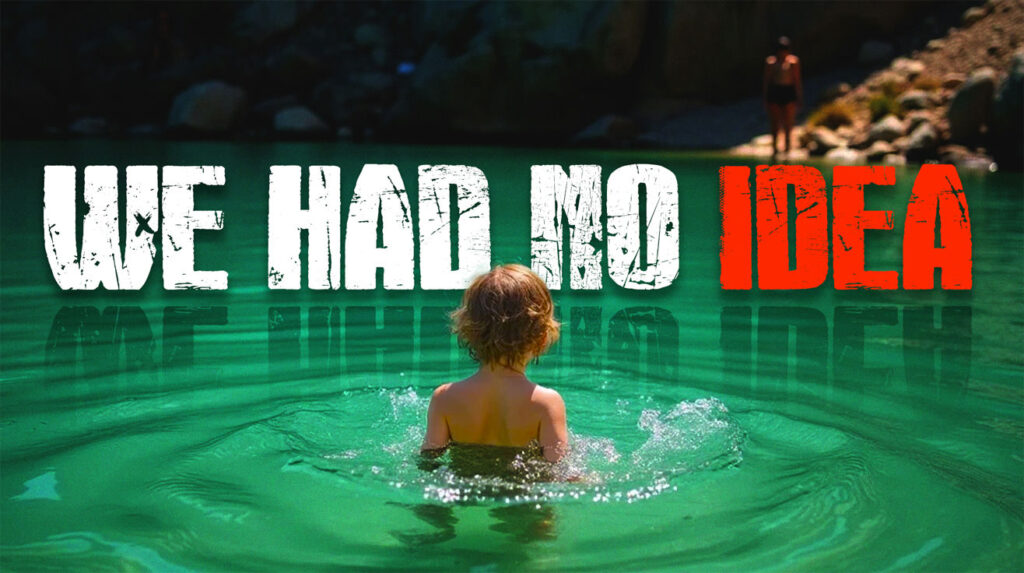
The 1960s weren’t just peace, love, and flower power—they were a different era of childhood safety. Kids rode in cars without restraints, played with toys that lacked modern safety standards, and encountered everyday hazards that would concern today’s parents. Safety regulations were minimal, and many risks we now recognize weren’t well understood. These childhood experiences, while dangerous by current standards, shaped an entire generation that somehow navigated these challenges.
13. Car “Safety” Was an Oxymoron
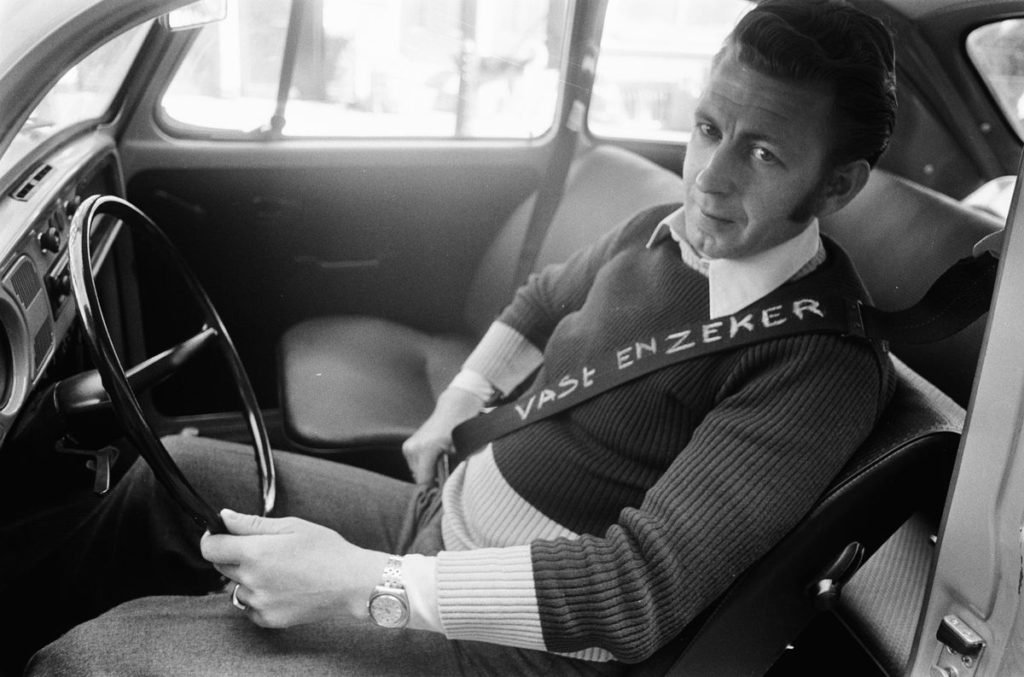
Family road trips meant children traveled unrestrained in vehicles that lacked basic safety features. Kids moved freely between seats while babies sat in simple hook-on seats that provided minimal protection. Seat belts didn’t become standard until 1968, and even then, using them wasn’t legally required or culturally expected. During sudden stops, unrestrained passengers faced serious injury risks.
The back of the wagon served as a playground where children napped under rear windows or created human sandwich layers. Car seats existed for convenience, not safety, with zero laws requiring their use until the mid-1980s. Today’s elaborate installation rituals exist because we finally acknowledged that unrestrained children and moving vehicles make terrible combinations.
12. Sugar Counted as a Food Group
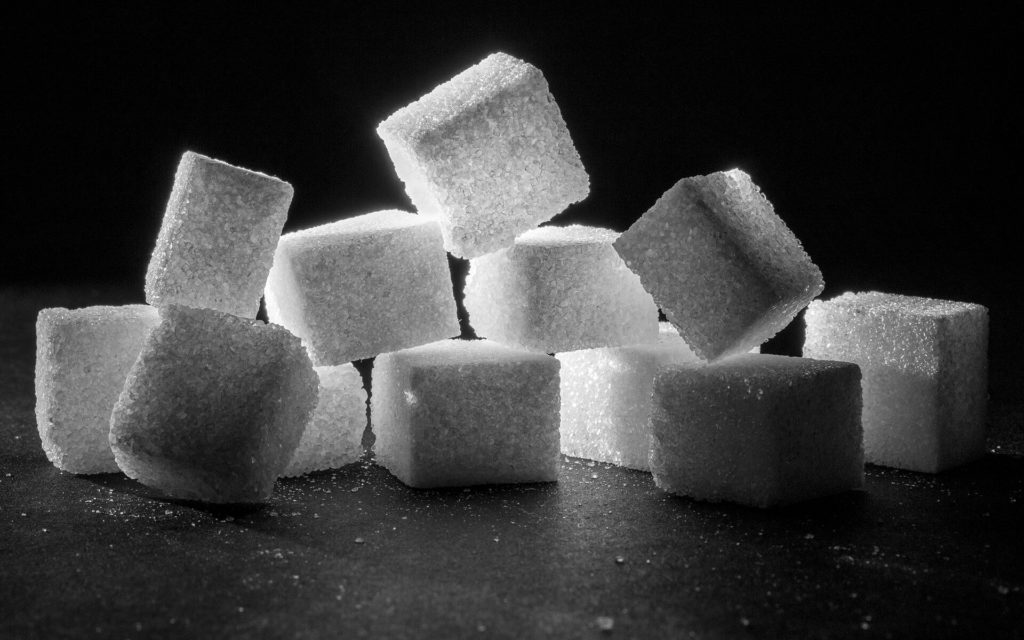
Breakfast typically featured cereals with high sugar content that would concern nutritionists today. Lunch boxes contained processed foods like marshmallow sandwiches and artificially colored pudding cups. Sugary drinks weren’t occasional treats—they were regular beverage choices. Kool-Aid and similar products were common household staples, often consumed daily by children.
Medical professionals barely blinked at childhood diets consisting of 90% processed sugar. The connection between sugar consumption and health problems remained as mysterious as why smoking might be problematic. Today’s nutrition labels and sugar awareness campaigns exist because an entire generation served as unwitting test subjects for the long-term effects of candy-based diets.
11. Toys Doubled as Weapons
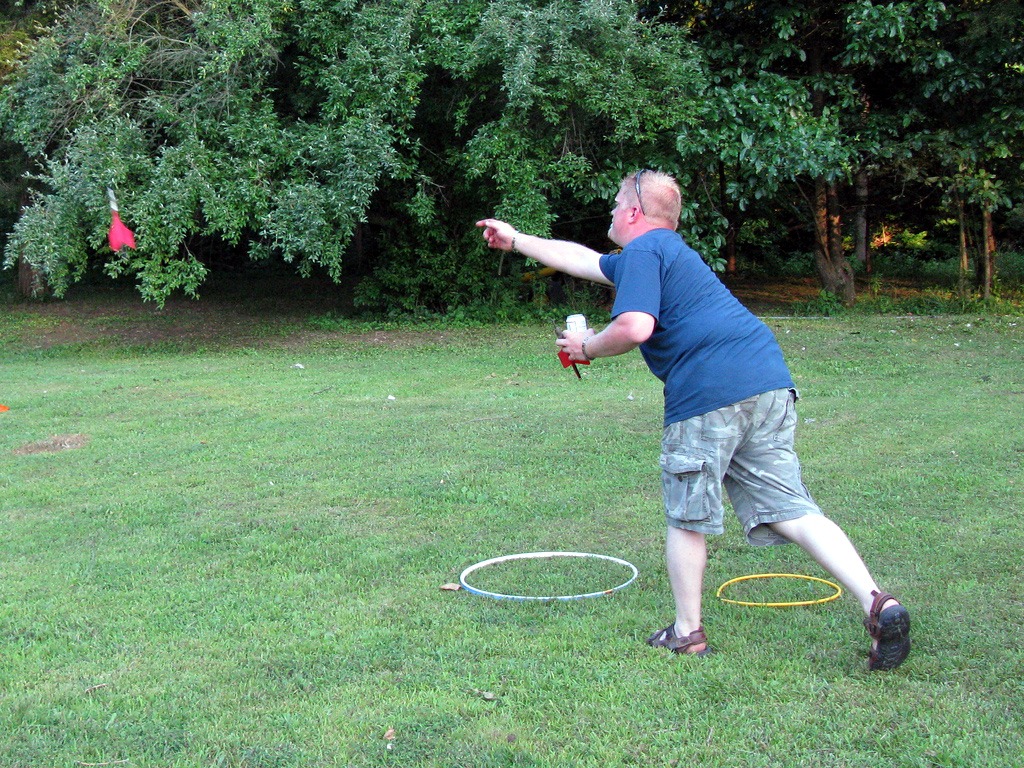
Lawn darts were popular backyard games that involved children throwing weighted projectiles through the air. Chemistry sets contained genuine chemicals that could produce dangerous reactions when misused. Swing Wings created neck strain risks, while Thing Makers allowed children to heat plastic at high temperatures. Many toy weapons fired actual projectiles with considerable force.
These weren’t manufacturing defects—they were features. Safety standards barely existed until the late 1960s, when mounting injury reports finally sparked regulatory action. Modern toy testing protocols emerged because someone eventually noticed that children kept getting hurt by products specifically designed for them. Today’s choking hazard warnings and padded everything represent lessons learned the hard way.
10. Lead Paint and Asbestos Were Interior Design Staples

Most homes constructed before 1978 contained materials now recognized as health hazards. Lead paint covered walls and surfaces throughout houses, creating exposure risks for young children who might ingest paint chips. Asbestos was widely used in insulation and building materials, with health consequences that wouldn’t become apparent for decades.
Children developed learning disabilities and breathing issues while adults scratched their heads wondering why. Lead paint wasn’t banned until 1978, and asbestos remained common in construction through the mid-century. Current protocols requiring professional hazmat removal exist because we eventually figured out that coating homes in neurotoxins wasn’t brilliant planning.
9. Swimming Supervision Was Optional
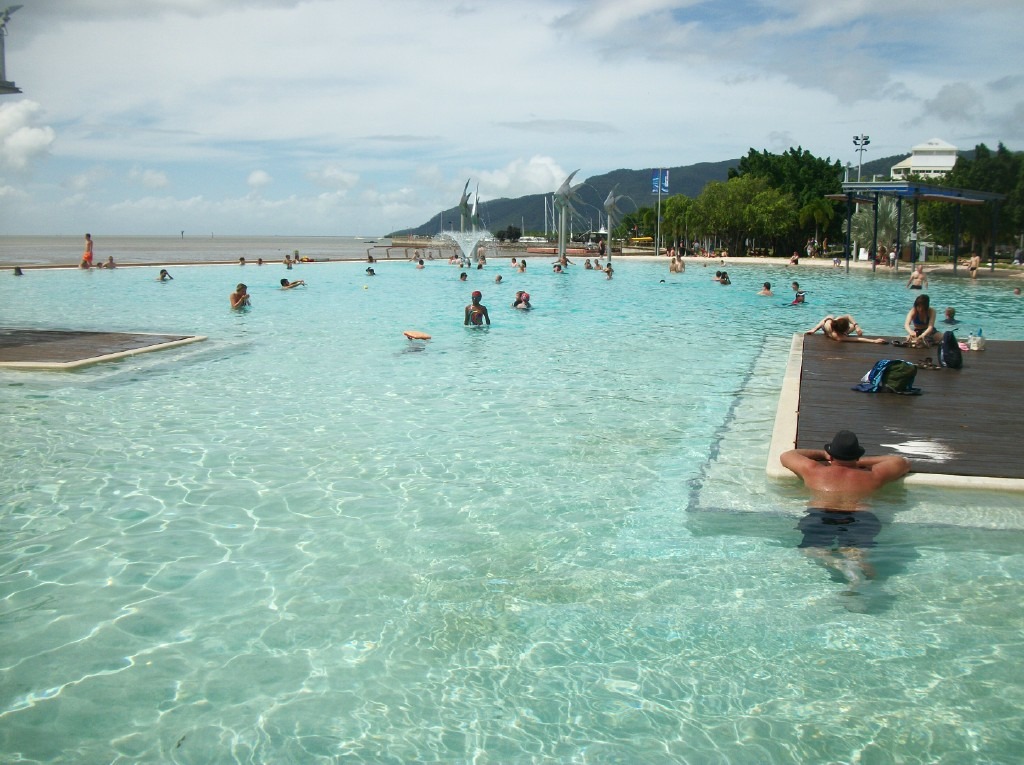
Children frequently swam in natural bodies of water without adult supervision or safety equipment. Quarries, ponds, and rivers with hidden dangers were common swimming locations during summer months. Lifeguards weren’t present at most swimming areas, and life jackets were primarily associated with boating rather than general water activities.
Bridge jumping without depth checks earned neighborhood respect rather than emergency room visits. Pool fencing laws and mandatory swim lessons didn’t appear until the late 1970s, after drowning statistics finally got adults’ attention. Today’s constant supervision and safety equipment seem reasonable considering drowning remains a leading cause of childhood death even with modern precautions.
8. Secondhand Smoke Created Indoor Weather Systems
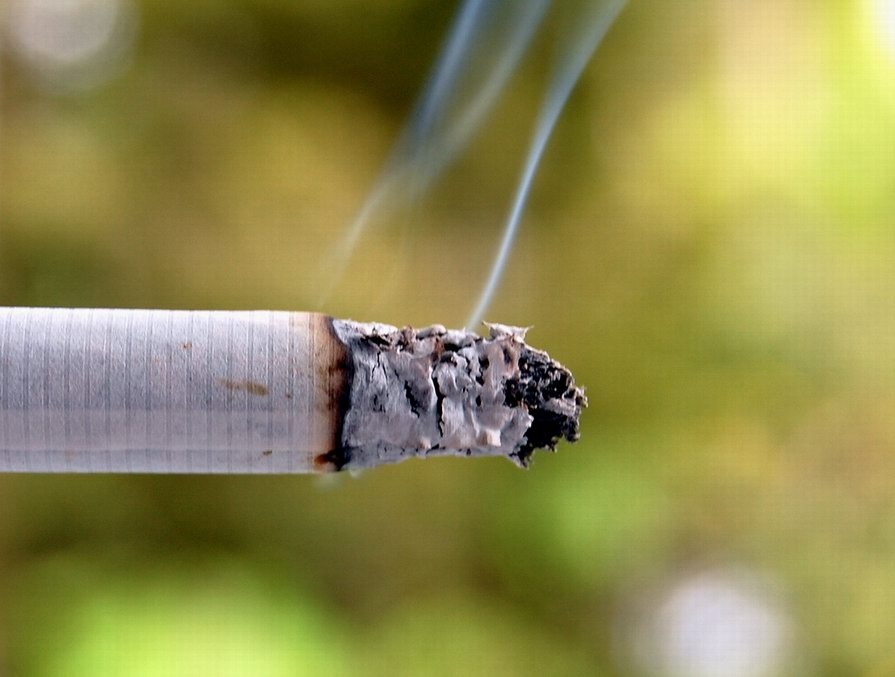
Cigarette smoke filled most indoor environments where children spent time. Adults smoked freely in homes, cars, restaurants, and other enclosed spaces without considering the impact on children’s health. Smoking rates among adults reached 40-50% during this period, making smoke-free environments relatively rare.
The health risks of secondhand smoke exposure weren’t well understood or widely communicated. Many public spaces allowed smoking without restrictions, and the concept of protecting children from tobacco smoke wasn’t part of mainstream health discussions. Modern smoking restrictions and public health campaigns developed after extensive research documented the serious health consequences of exposing children to cigarette smoke.
7. Parked Cars Became Accidental Demolition Derby

Parents routinely left children alone in parked cars while running errands—a practice reflecting different safety awareness and fewer protective laws. Curious kids treated gear shifts and steering wheels like arcade controls, sometimes with mobile consequences. Vehicles lacked safety interlocks, so determined toddlers could literally set family sedans in motion.
Cars parked on slopes became rolling hazards when small hands discovered the magic of gear shifts. Emergency brakes were suggestions rather than requirements in many vehicles. Modern safety features and awareness campaigns exist because enough children accidentally transformed family transportation into self-driving dangers, usually with adults returning to find their car relocated.
6. Mercury Was Liquid Entertainment
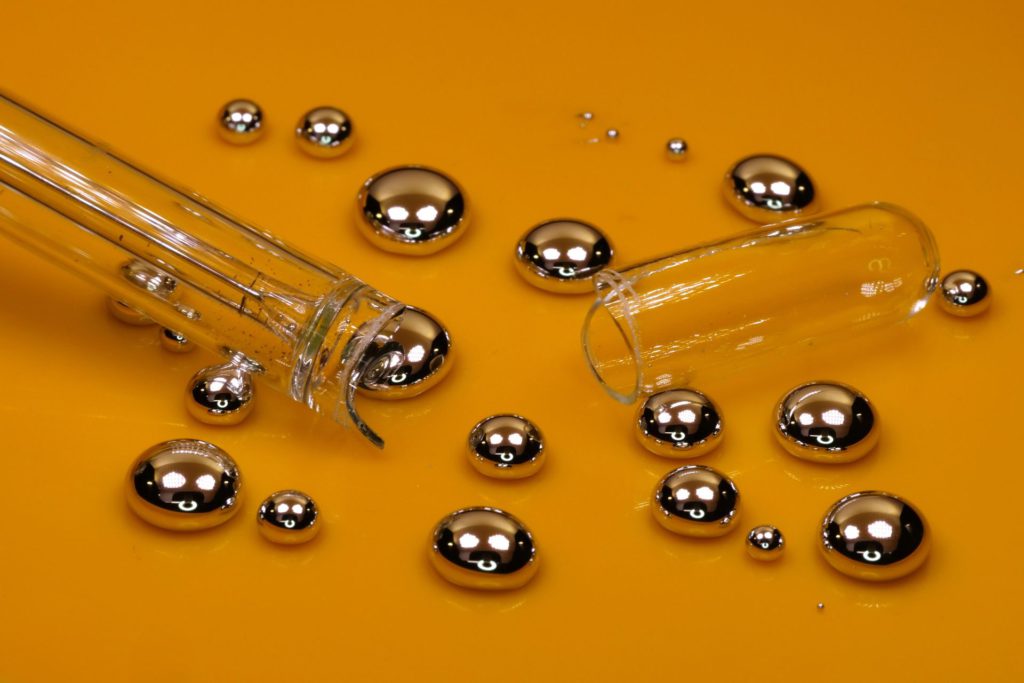
Broken thermometers revealed nature’s most fascinating toxic substance. Children handled mercury directly, mesmerized by its ability to scatter into perfect spheres and reform into larger blobs. Science classes used it in experiments with minimal protective equipment, treating a potent neurotoxin like harmless classroom supplies.
The lack of immediate symptoms masked mercury’s nature as a nervous system destroyer. Teachers and parents watched kids play with liquid metal without realizing they were observing heavy metal poisoning in real time. Today’s strict handling protocols and immediate cleanup procedures exist because chronic mercury exposure causes permanent neurological damage—information that wasn’t widely available during the casual mercury era.
4. Catholic School Discipline Resembled Boot Camp

Physical punishment in Catholic schools was standard operating procedure rather than abuse. Rulers struck outstretched hands while public humiliation served as the primary behavioral modification program. Parents rarely questioned these methods, viewing strict discipline as character development rather than psychological damage.
Nuns wielded rulers with surgical precision, targeting knuckles of students who dared speak out of turn or forgot homework. Such disciplinary methods were socially accepted across many educational institutions. Modern educational psychology recognizing the harmful effects of corporal punishment didn’t emerge until the late 20th century, leading to the gradual elimination of physical discipline in schools.
3. Underground Exploration Ignored Obvious Dangers
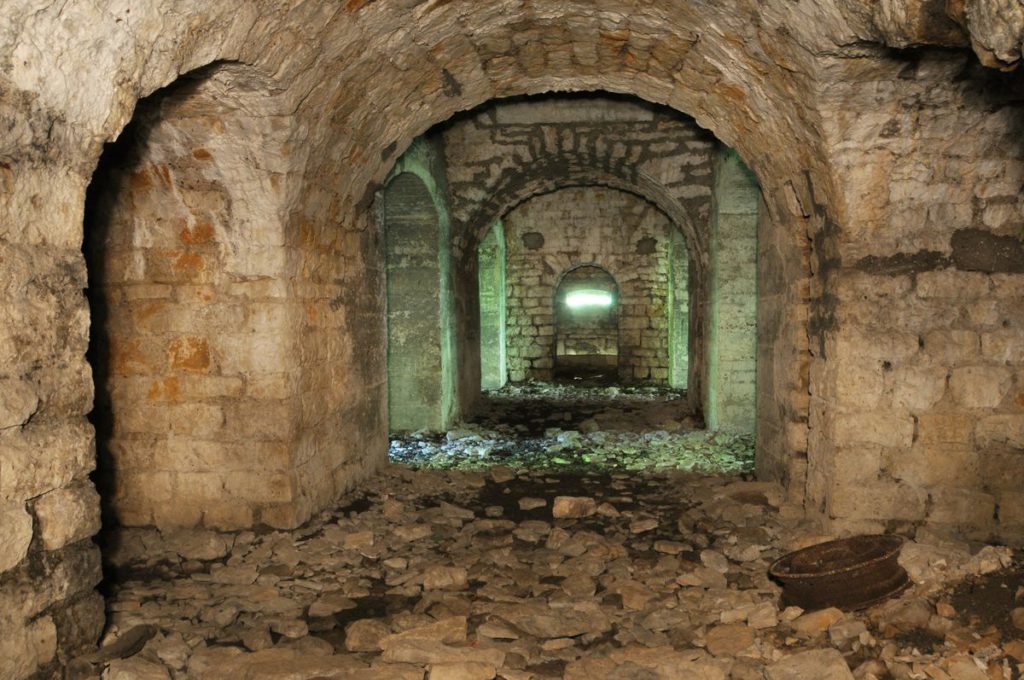
Drainage systems and sewers became adventure playgrounds for curious children despite obvious risks of drowning, toxic gas exposure, or getting permanently lost. Dark tunnels that adults avoided became irresistible exploration targets for kids seeking thrills. Rising water levels during storms could trap young explorers with little warning.
While direct studies on frequency are limited, emergency response records confirm these hazards were real and regularly encountered. Communities eventually secured access points and implemented education programs—safety measures that were overlooked when children treated municipal infrastructure as personal jungle gyms. Today’s barriers and warning signs exist because enough kids disappeared into storm drains to make authorities nervous.
2. Chemistry Sets Contained Actual Chemistry
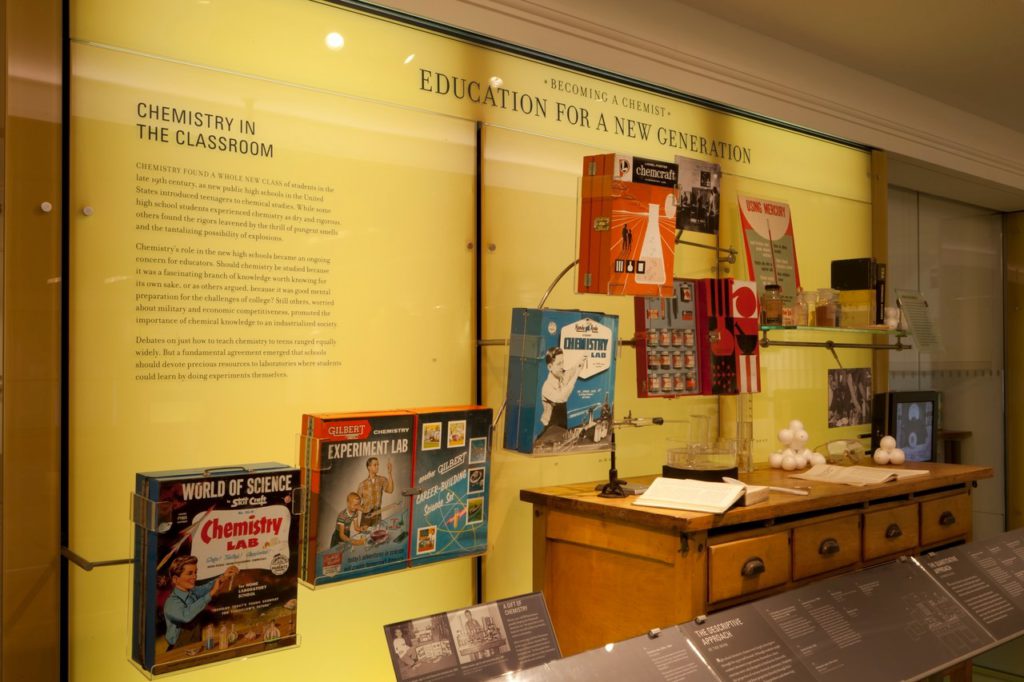
Young scientists mixed genuinely dangerous chemicals with zero safety protocols. Chemistry sets from the 1960s included substances capable of creating toxic fumes, small explosions, and harmful skin reactions. Instructions focused on exciting experiments rather than safety precautions, and protective equipment wasn’t included or mentioned.
Parents remained blissfully unaware that little Johnny was conducting chemical warfare experiments in the basement. Modern chemistry sets contain safer alternatives and emphasize protective measures—changes implemented after documented incidents of injuries and toxic exposures proved that giving children access to laboratory-grade chemicals might have been shortsighted.
1. Sun Protection Was for Weaklings
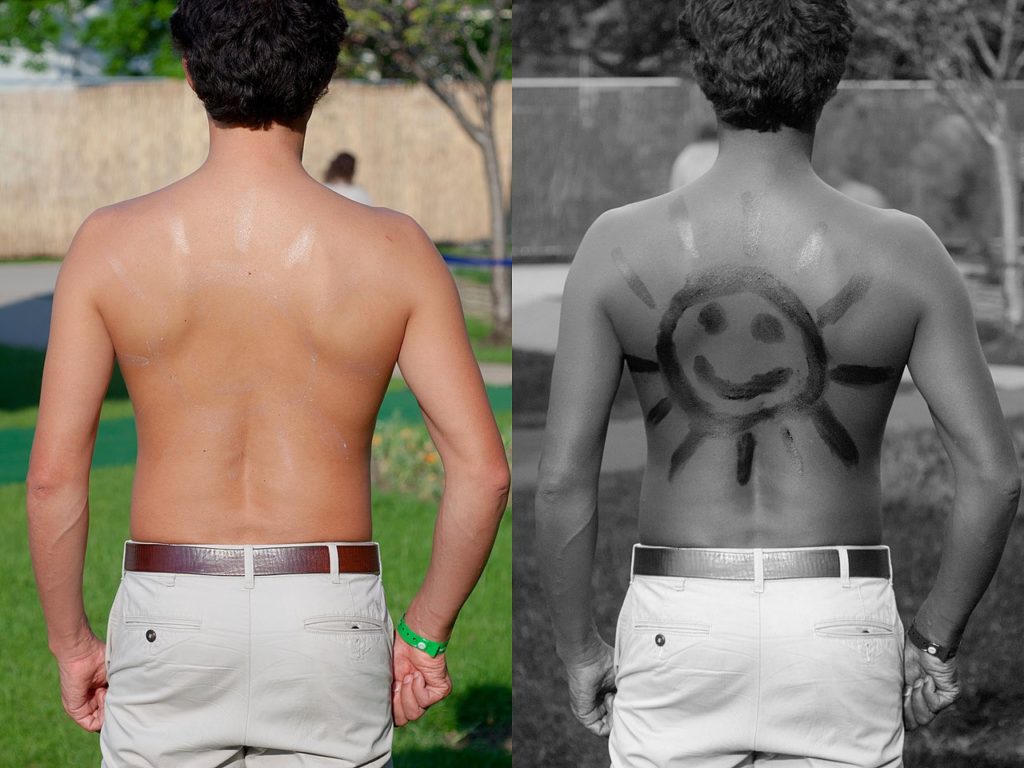
Deep tans weren’t just fashionable—they were actively pursued through hours of unprotected sun exposure. Sunscreen products focused on enhancing tans rather than preventing burns, with SPF ratings that wouldn’t protect a vampire. The connection between childhood sun damage and later skin cancer remained as mysterious as why smoking might be problematic.
Beach days meant marathon sun sessions with baby oil serving as the preferred tanning accelerant. Severe sunburns were badges of summer honor rather than signs of skin damage. Today’s comprehensive sun protection protocols exist because epidemiological research eventually linked childhood sun exposure with significantly increased melanoma risk—knowledge that arrived too late for the baby boomer generation.
Last modified: August 15, 2025







